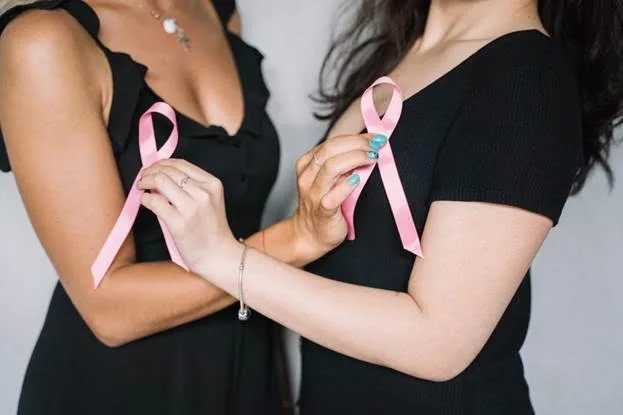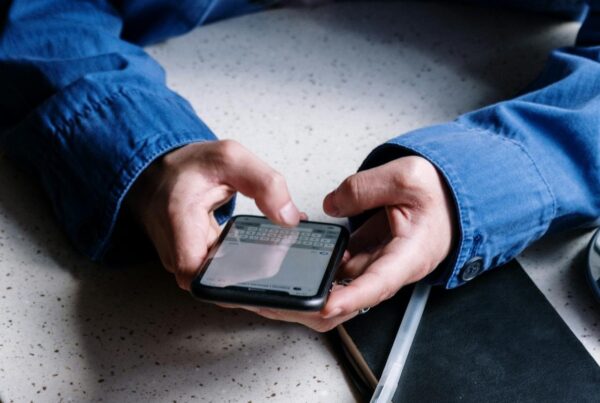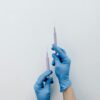Breaking the silence around breast cancer screening and treatment could be a game-changer for South African women in communities where cultural stigmas persist. This Breast Cancer Awareness Month, I’m countering the baseless discrimination that frequently prevents women from self-testing or acting on any symptoms.
Cultural Hurdles in Breast Cancer Care in South Africa
Far too many women remain at risk because of cultural misconceptions that exist within their communities. We want our ladies to be empowered to take every necessary precaution and openly share their experiences of a disease that is very common among South African women.
A 2023 study by researchers from the Durban University of Technology (DUT) and Mangosuthu University of Technology (MUT) showed that rural women battling breast cancer suffer from various sociocultural interpretations of cancer. It can even be viewed as a sign of witchcraft or sin and punishment.
Women in Soweto, South Africa’s largest township, have also experienced stigmatisation due to ‘confusion and gaps in understanding of the disease’, according to a November 2024 study by researchers from the University of Witwatersrand and University of Southampton (UK).
While breast cancer affects women of all races in South Africa, the DUT/MUT study found that 63.4% of patients of African descent are in stages three and four of the disease by the time they are diagnosed.
The late presentation is primarily due to women not going for annual or bi-annual screenings. Whilst mammography is the gold standard for early detection, if you cannot access a screening service, breast self-examination (BSE), may well save your life.
Check Your Breast Health
By checking their breasts monthly, women can detect changes or abnormalities and get medical attention if they notice anything unusual. It is a simple process: you stand in front of a mirror and check for any changes in size, shape, and skin texture. You can then use the pads of your fingers to gently press in a circular motion, covering the entire surface, from the outer edge to the centre.
If a woman notices any lumps, changes, or unusual symptoms, she should immediately consult her closest healthcare provider, who may conduct a screening mammogram. While the presence of lumps may not always indicate early cancer, BSE can allow a person to be diagnosed early enough to receive effective curative treatment.
Rural women are strongly associated with late cancer diagnoses due to a lack of regular screening. There are many reasons for this, including high unemployment rates, lack of resources, distance to the nearest health facility, lack of transportation services, lack of education, insufficient knowledge and awareness, and lack of family support. BSE can start at home – helping women feel comfortable, especially in communities where stigmas around breast cancer are prevalent.
Breast and Religion
More conservative groups and some religions also consider the breast health subject taboo, creating reluctance in patients to seek treatment. Conversely, organizations like the Muslim Judicial Council of South Africa have been proactive in terms of educating women about breast cancer through events such as its #PinkHijabDay programme.
Several studies conducted around the world have confirmed that regular screenings can reduce the number of deaths from breast cancer for women aged between 40 and 74 by more than half.
Takeaway
Regular self-exams, while not as effective as mammographic screening, are important so you can spot any changes, and treatment can be promptly prescribed. Breast cancer is a curable disease if detected early, and this is the message that we really want to get across.



![women [longevity live]](https://longevitylive.com/wp-content/uploads/2020/01/photo-of-women-walking-down-the-street-1116984-100x100.jpg)










